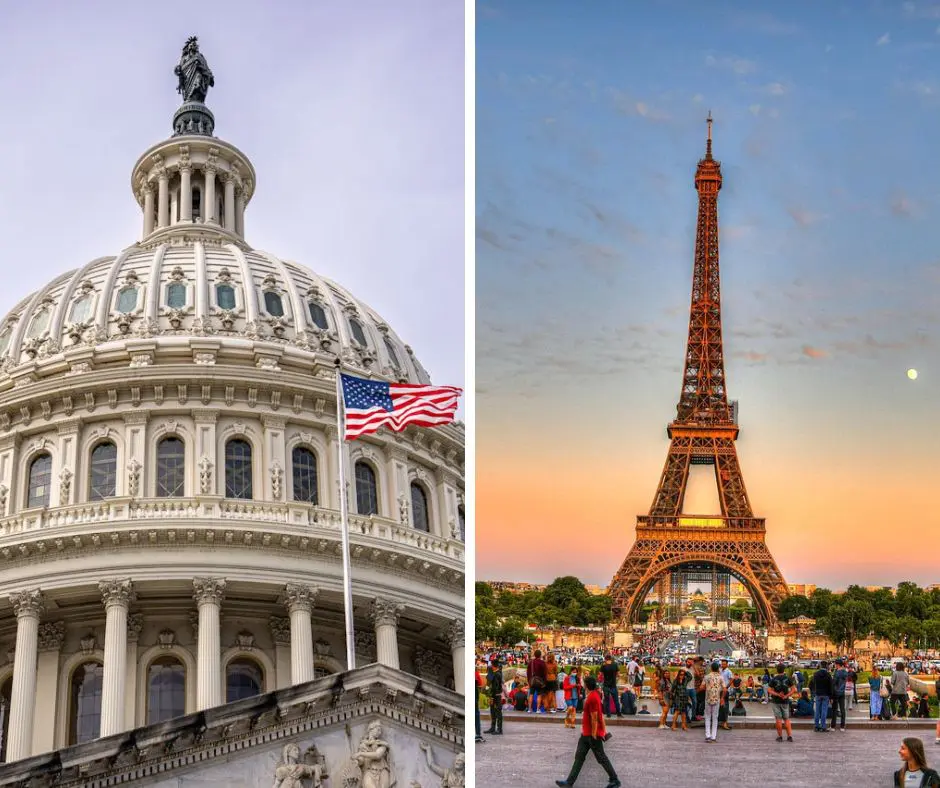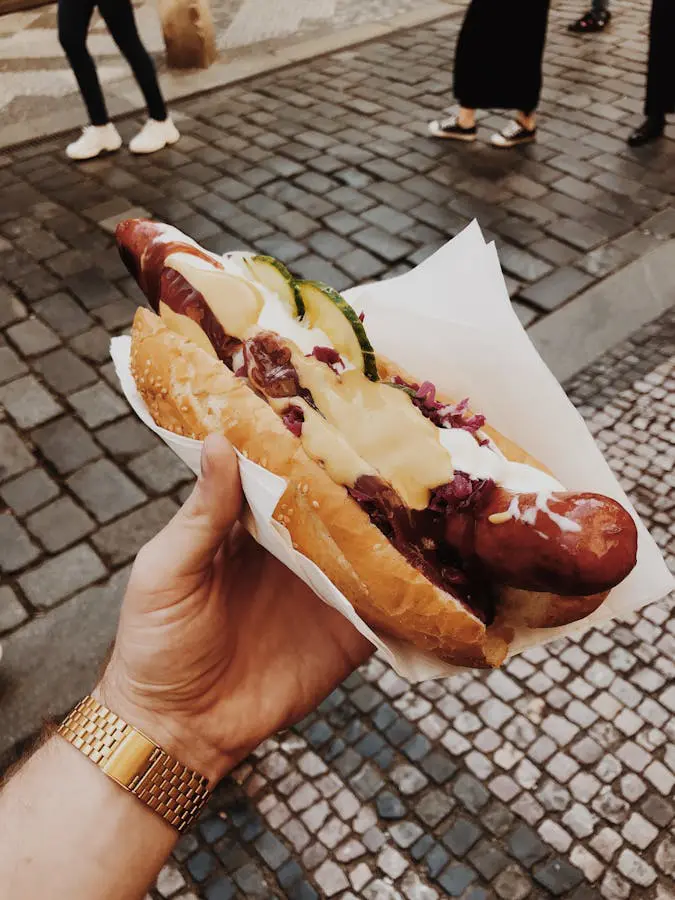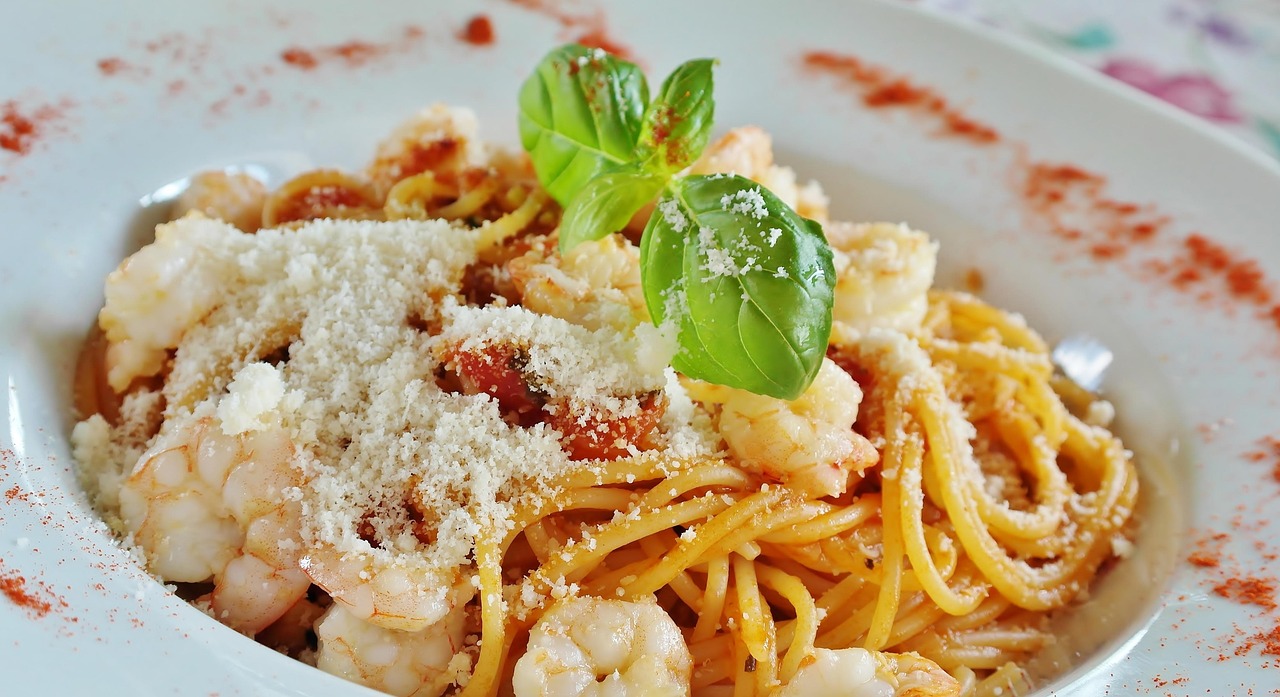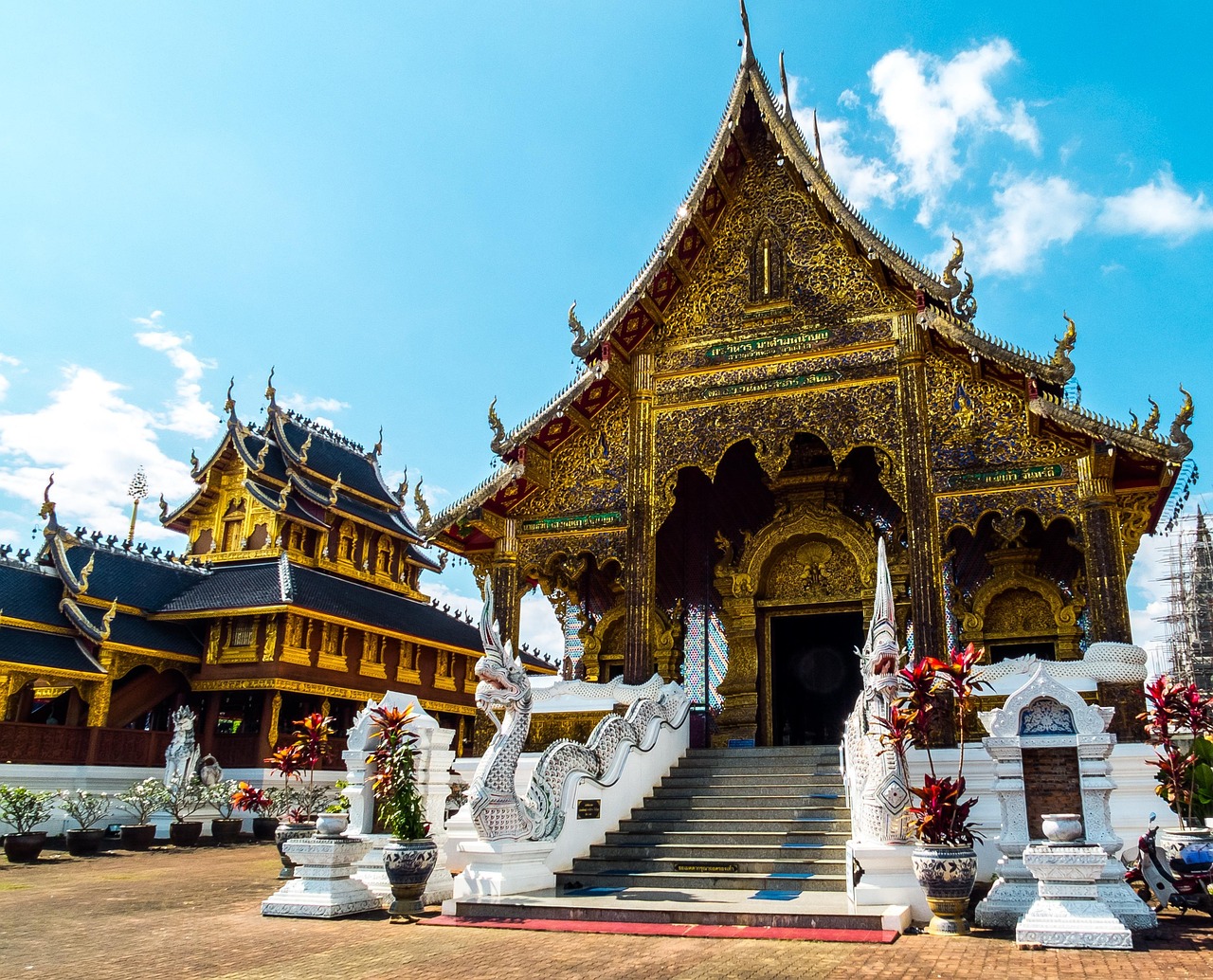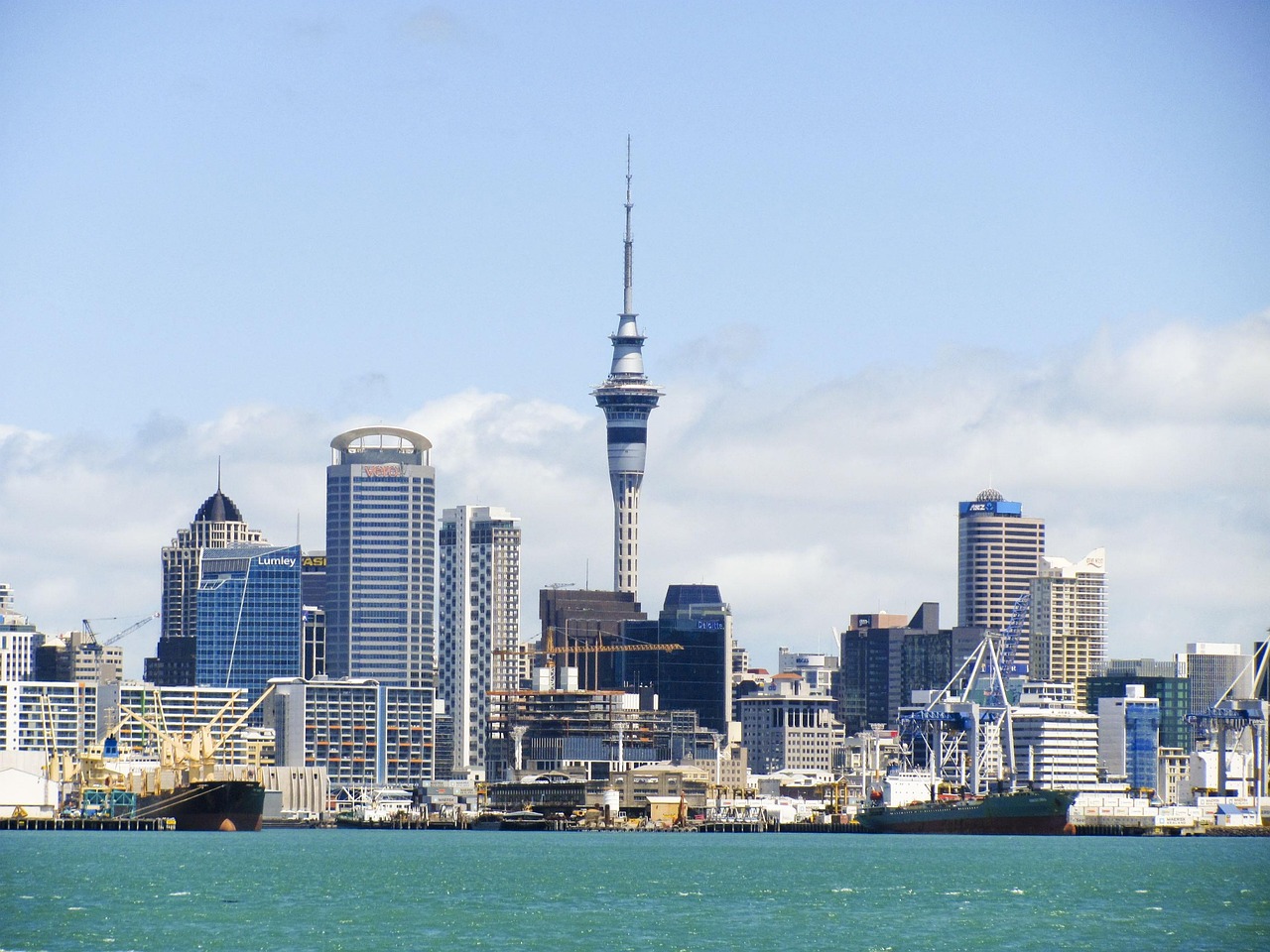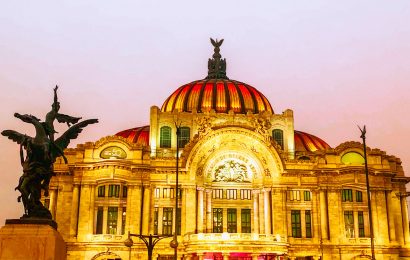Travel is supposed to open our minds. We book tickets, pack bags, and head out into the world with the hope of learning something new. But here’s the catch: most of us step on the plane already carrying a set of “stories” about the places we’re about to visit. And the people we are about to see.
Those stories usually come in the form of stereotypes and prejudices – quick mental shortcuts about people, cultures, and destinations.
Sometimes they’re harmless (“Italians love pasta”), but often they flatten entire countries into one cliché (“the Middle East is dangerous”). And the truth? They affect what we eat, who we talk to, where we go, and what we miss.
And the worst part is when you are on the receiving end – even if you try to NOT take into consideration stereotypes and to not have prejudices.
This article unpacks some of the most common travel stereotypes and prejudices you’ll hear, why they seem believable, and why it’s worth looking past them if you want your trips to be more rewarding.
Along the way, I’ll share insights from reputable sources like the Global Peace Index, UNESCO, the World Economic Forum, and the World Travel & Tourism Council – so you’re not just getting opinion, but facts.
Prejudice vs. Stereotype: What’s the Difference?
Before we dive into the clichés, let’s get the terms straight.
- Prejudice: A negative judgment formed before you actually interact with someone. Think “Parisians are rude” when you’ve never set foot in Paris.
- Stereotype: A simplified belief about a group. Sometimes it sounds positive (“all Brazilians are great dancers”), but it still lumps people together unfairly.
Both can sneak into your travel mindset – whether it’s deciding not to walk into a certain neighborhood, avoiding street food, or assuming locals won’t understand you.
Why Stereotypes Stick (and Why They’re Dangerous for Travelers)
Here’s the thing: our brains love shortcuts. It’s much easier to hold onto a single story (“Africa is poor,” “New Yorkers are rude”) than to process all the nuance.
Add in bad experiences that stick more than good ones, plus a flood of viral headlines, and it’s no wonder these generalizations spread.
Why Stereotypes Are Terrible Travel Guides
Stereotypes feel like shortcuts, but when you rely on them, they’re some of the worst travel advisors you can have. Instead of opening doors, they quietly close them. Here’s how:
1. You miss amazing experiences because of fear
If you’ve heard that “street food will make you sick” or “this neighborhood is unsafe,” you might avoid entire parts of a city. The result? You skip that unforgettable night market, the hidden café where locals hang out, or the historic district that comes alive after dark.
Fear based on stereotypes can shrink your trip down to a bubble – safe, maybe, but shallow.
Now, don’t get me wrong. I am not saying there aren’t unsafe places or that you have to forget all safety precautions. I am only saying that you should always do your research before your travels so that you are very well informed on the place you are about to visit (I always do this – and I check NUMEROUS sources!)
2. You treat locals unfairly
When you land somewhere with a stereotype in your head (“everyone here is rude” or “everyone wants to scam tourists”), it shapes how you behave.
You may come across as guarded, impatient, or dismissive – which can actually create the negative interaction you were expecting. Instead of finding kindness, you end up reinforcing the stereotype in your own mind.
And it is not only locals. You may end up treating tourists from other countries based on your stereotypes about the people from that country.
3. You spend money in ways that hurt local communities
Stereotypes can push travelers toward big, “safe” international chains instead of local businesses. For example, if you believe “local hotels aren’t clean” or “local food isn’t safe,” you funnel money into foreign-owned resorts and restaurants.
That means less of your travel budget supports the very people and communities you came to visit.
4. You judge everything through the lens of prejudice
This one is subtle but powerful. Once you’ve decided “people in this country are unfriendly,” every neutral or ambiguous interaction gets interpreted as proof.
A cashier not smiling? Confirmation. A waiter who’s brief with you? Confirmation. In reality, it might just be a cultural difference in service style – but through the lens of prejudice, you’re only seeing what you expect to see.
5. You reinforce harmful narratives
Every time a traveler comes home and says, “The French are rude” or “Africa is dangerous,” that single story spreads further. Over time, those stories become “common knowledge,” shaping how others view a destination.
That can impact tourism income, international reputation, and even how locals are treated abroad.
6. You block real connections
The magic of travel comes from conversations with strangers, shared meals, or stumbling into local festivals. If you’re guarded by stereotypes, you may never allow yourself to relax into these moments. Instead of curiosity and openness, you bring suspicion and distance – and lose out on the kind of human connection that makes travel transformative.
Research in psychology has shown that genuine interaction with people – especially when you share goals or activities – reduces prejudice. In other words, real conversations and experiences do far more for your understanding than sticking with what you “heard online.”
15 Common Travel Stereotypes (and the Truth Behind Them)
Not all of these are completely false. Many come from a grain of truth, but they’re usually overblown or outdated. Let’s break them down.
1. “Place X is dangerous; Place Y is safe.”
Safety changes not only from country to country but also from city to city (sometimes even street to street). The Global Peace Index is a good tool to check overall safety trends, but it doesn’t replace common sense or local advice. Always look beyond the headline.
2. “Locals are rude here.”
Often, “rude” just means “different.” In some places, direct eye contact feels polite; in others, it’s seen as confrontational. UNESCO and the UN’s tourism guidelines encourage travelers to respect cultural diversity instead of labeling behaviors with a single word like “rude.”
3. “Street food will make you sick.”
Not true across the board. A busy food stall with high turnover is often safer than a half-empty buffet. Look for freshly cooked dishes and where locals are lining up.
4. “All-inclusive isn’t real travel.”
All-inclusives sometimes keep travelers inside a bubble, but you can easily step out and explore local restaurants, shops, or tours. The UNWTO actually encourages hotels to work with local communities so tourism benefits everyone.
5. “Solo female travel is unsafe everywhere.”
Yes, solo female travelers face unique challenges, but the world isn’t a single block of danger. Research safety on a country or city level, connect with women-led local groups, and remember – broad fear-based stereotypes stop too many women from exploring destinations that are actually very welcoming.
6. “The Middle East/Africa is dangerous.”
Both “the Middle East” and “Africa” are massive, diverse regions with dozens of countries, cultures, and realities. To lump them together is unfair. Data from the Global Peace Index and World Economic Forum shows wide variation in peace, infrastructure, and travel readiness across nations.
7. “Everyone is trying to scam tourists.”
Scams exist everywhere (yes, even in Europe and North America), but the majority of interactions you’ll have with locals are honest. Learn the common scam patterns in your destination so you can spot them without being suspicious of every person you meet.
8. “Haggling is expected everywhere.”
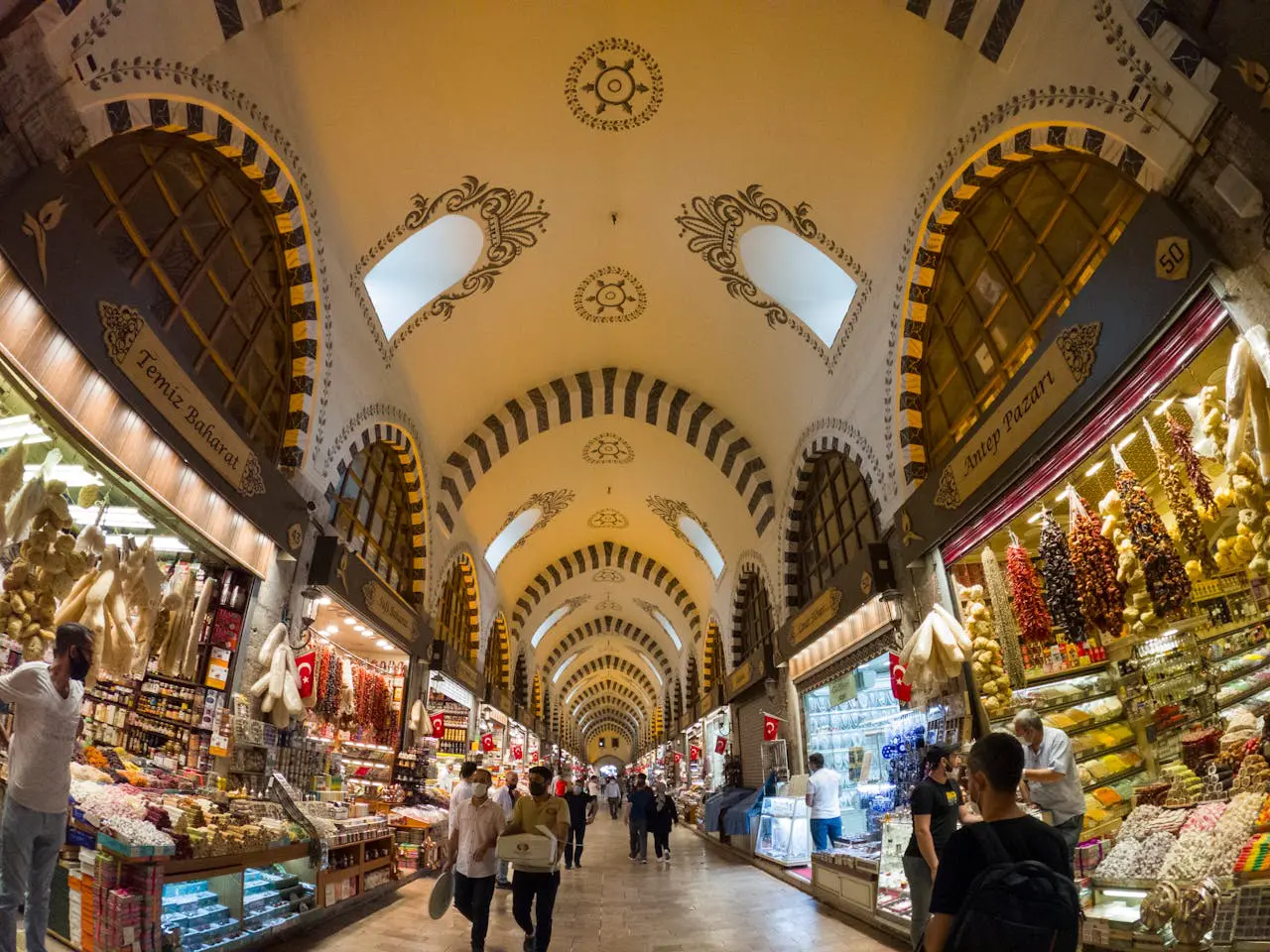
In some countries, bargaining is part of the culture; in others, it’s insulting. Observe, ask locals, or check your guidebook before you start negotiating.
9. “You can’t drink tap water anywhere abroad.”
This one is tricky because it depends on the city, not just the country. Sometimes tap water is perfectly safe, sometimes not. A filter bottle is a good travel companion – it reduces plastic use and keeps you safe.
10. “Developing = dirty/backward.”
The word “developing” is misleading. Many destinations labeled this way actually outperform “developed” countries in areas like natural resources and tourism affordability. The WEF Travel & Tourism Development Index shows that clearly.
11. “Touristy = bad; hidden gem = good.”
Famous sights are usually famous for a reason. Yes, they can be crowded, but they’re also often spectacular. The trick is timing (go early, go late) and balance (mix in a lesser-known neighborhood or town).
12. “This country is poor; I should tip extra.”
Tipping isn’t charity – it’s a cultural practice. What’s generous in one country might be awkward in another. Always check what’s normal locally.
13. “People here don’t speak English, so I won’t connect.”
Connection doesn’t depend on English fluency. A few words in the local language, plus patience and smiles, can open far more doors than you think.
14. “Beach cultures are lazy; mountain cultures are hardworking.”
That’s an outdated myth. Economies are complex, and tourism itself is a major contributor to global GDP—about 10% worldwide, supporting millions of jobs. No culture is “lazy” because of geography.
15. “If it’s not like home, it’s wrong.”
The biggest stereotype of all: judging other places by your home standards. The UNWTO’s ethical codes remind travelers not to impose their own cultural models on host communities.
Country and Regional Stereotypes: The Classics We’ve All Heard
Beyond the big-picture myths (“street food is unsafe,” “all-inclusive isn’t real travel”), there are the classic country clichés that travelers repeat to each other like they’re absolute truths. They’re easy to remember, fun to share – but rarely reflect reality.
Here are some of the most common travel stereotypes by region, and why they deserve a second look:
Europe
“The French are rude.”
This one has stuck for decades. In reality, many visitors confuse cultural formality (bonjour before anything else!) with rudeness. A smile, a polite greeting in French, and respect for local customs will usually flip this stereotype on its head.
“Italians are always late and only eat pasta.”
While “la dolce vita” celebrates a slower pace, Italy is also home to punctual professionals, buzzing cities, and a food culture far more diverse than pizza and pasta.
“Germans are strict and humorless.”
True, efficiency is valued, but that doesn’t mean there’s no laughter. German humor can be dry or ironic, and the country hosts some of Europe’s wildest festivals.
“Spaniards just siesta and fiesta.”
Spain has siestas in certain areas, but it’s also a hub of modern industry, tech, and education. Life is not one endless party—though locals do know how to celebrate well.
“Eastern Europeans are cold or unfriendly.”
Reserved manners don’t equal unfriendliness. In fact, once welcomed into someone’s home, you’ll often find warmth, generosity, and lavish hospitality.
“Romanians/Roma people are all thieves or beggars.”
“Romanians are Roma people.”
This is one of the most harmful stereotypes in Europe. Yes, I am saying this as a Romanian – who was also on the receiving end of this stereotype (though I am caucasian and a businesswoman).
First, it confuses Romanians (citizens of Romania) with the Roma ethnic minority, who live across Europe. Second, it paints millions of people with one damaging brush. Romania itself has thriving cities, good universities, and a vibrant cultural heritage. No, we are not all thieves.
North America
“Americans are loud and don’t know geography.”
Some Americans travel loudly, yes, but the U.S. is huge and diverse. You’ll meet curious, thoughtful, and culturally aware travelers, too.
“Canadians are overly polite and apologize for everything.”
Canadians do value politeness, but they’re not endlessly saying “sorry.” It’s more about cultural courtesy than weakness.
“Mexicans are lazy and only eat tacos.”
Mexico is one of the hardest-working countries in OECD rankings, with a culinary heritage recognized by UNESCO that goes way beyond tacos.
South America
“Brazilians are always partying.”
Carnival is world-famous, but daily life involves work, family, and a rich cultural scene that extends far beyond samba.
“Argentinians are arrogant and obsessed with steak.”
Proud? Sometimes. But Argentina is also diverse, and not everyone eats meat daily – vegetarian and vegan culture is strong in urban centers.
“Peruvians all wear ponchos and live in the Andes.”
Peru has bustling modern cities like Lima, desert coasts, Amazonian jungles, and yes, Andean villages—so the “poncho” image is just one slice of reality.
Middle East
“The Middle East is all deserts and danger.”
From the skyscrapers of Dubai to the beaches of Oman and the ancient cities of Jordan, the region is incredibly diverse. Safety varies by country, not region.
“Everyone is ultra-conservative.”
Social norms differ widely between, say, Lebanon, Saudi Arabia, and the UAE. Travelers are often surprised by how modern and cosmopolitan some cities are.
Africa
“Africa is a single country.”
This is one of the most damaging stereotypes. Africa is a continent of 54 countries with thousands of languages, cultures, and histories.
“Everyone lives near wild animals.”
Safaris are popular, but most Africans live in bustling cities like Lagos, Nairobi, or Cape Town – urban hubs with vibrant art, tech, and food scenes.
“It’s always unsafe or poor.”
Poverty and conflict exist, but so do thriving economies, innovation hubs, and world-class universities.
Asia
“Chinese tourists are always rude.”
Travel styles differ, and group tourism can seem overwhelming. But younger Chinese travelers are breaking the mold, traveling independently and engaging deeply with local cultures.
“Japanese people are shy and over-polite.”
Courtesy is important in Japan, but you’ll also find playful subcultures, lively nightlife, and people who enjoy breaking the mold.
“India is chaotic and dirty.”
India is complex: yes, cities can be chaotic, but it’s also a country of innovation, spirituality, architecture, and vibrant traditions.
“Thailand is just beaches and parties.”
Thailand has incredible islands, but also mountains, temples, food tours, and tranquil rural life.
Oceania
“Australians surf all day and drink beer.”
Surf culture is real, but so is a thriving café scene, a love of the outdoors, and diverse cities like Melbourne and Sydney.
“New Zealand is all about sheep and Lord of the Rings.”
Yes, sheep outnumber people, and LOTR put NZ on the travel map, but there’s also Maori culture, adventure sports, and stunning modern cities.
“Pacific Islanders are lazy but friendly.”
That stereotype overlooks the resilience, hard work, and community values central to island life.
These stereotypes stick because they’re catchy and easy to remember. But just like with the “travel myths” we covered earlier, they erase the real complexity of a place. When you travel with these clichés in mind, you risk treating people as cartoon versions of themselves rather than individuals.
Why It Pays to Look Beyond Stereotypes
Breaking free from clichés isn’t just about being politically correct – it makes your travels better:
- Smarter decisions: You’ll avoid making choices based on fear and focus on real risks.
- Better spending: You’ll support local businesses instead of falling into big-chain traps.
- Less harm: You won’t accidentally offend or reinforce harmful narratives.
- More meaning: You’ll come home with real insights, not recycled clichés.
A Quick Checklist for Stereotype-Free Travel
Research smart: Use the Global Peace Index for safety trends, but double-check with local advice.
Plan interaction: Book at least one activity with locals – a cooking class, walking tour, or cultural workshop.
Learn basics: 10 phrases/expressions in the local language go a long way.
Spend wisely: Choose at least one locally owned restaurant and one community-led tour per day.
Check yourself: If you hear yourself say “they always…,” try rephrasing to “today I noticed…”
The Bottom Line
Travel stereotypes are shortcuts that shrink the world into clichés. But when you take time to look past them, you’ll not only travel more safely and fairly – you’ll also discover richer, more surprising stories than you ever imagined.
So the next time you catch yourself thinking, “People here are X,” pause, look closer, and give yourself the chance to be wrong. That’s when real travel begins.
Look beyond the stereotype – even if there may be people who will enforce that stereotype. Remember: we are all different and worthy to be discovered and known for who we are!
Sources for further reading:
- Global Peace Index – Vision of Humanity
- Travel & Tourism Development Index – World Economic Forum
- WTTC Economic Impact Reports
- UNWTO Global Code of Ethics for Tourism
- UNESCO Universal Declaration on Cultural Diversity
Photo sources: featured photo a and b, 2, 3, 4, 5, 6

